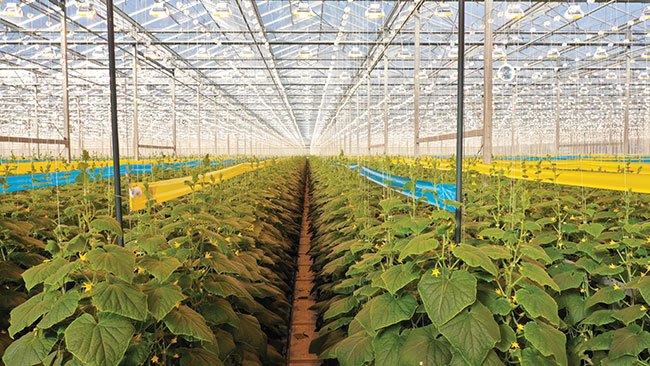
Opportunities in CEA
Cox Enterprises recently made a strategic investment in Mucci Farms, a 60-year-old controlled environment agriculture (CEA) business with a network of greenhouses for indoor-grown fruits and vegetables in Canada and the United States.
Headquartered in Ontario, Mucci Farms has more than 2,000 employees and supplies fresh produce to major retailers across both countries. We caught up with Steve Bradley, vice president of Cleantech, Cox Enterprises, to find out why Cox was interested in CEA and how it fits with other agricultural acquisitions it has made.
GPN: Why is a media company getting involved in controlled environment agriculture? Is it a good business opportunity?
Bradley: Cox is much more than a media company with our communications and automotive services business today. As we looked to diversify and grow outside of those core areas, CEA stood out as a great business opportunity and a great fit for Cox. CEA aligns with our focus on scalable, sustainable, generational businesses that have the potential to transform key segments of the economy through resource efficiency, resiliency, and adaptation.
CEA is not only more resource efficient than traditional agriculture; it decouples growing from all the problems with outdoor agriculture (too hot, too cold, too much rain, drought, insects, etc.). We see the opportunity to feed a growing population with more efficient production systems that provide reliable, great-tasting produce. These businesses, because of their capital intensity, also are a good fit for Cox, a company that thinks long term.
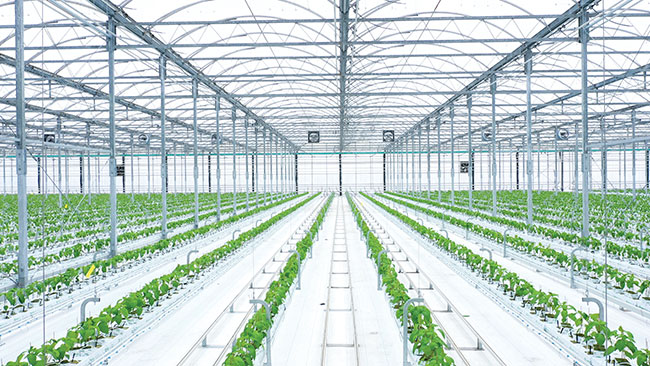
GPN: In August 2021, Cox acquired BrightFarms, an indoor farming company and provider of locally grown packaged salads headquartered in Irvington, New York, with farms in Virginia, Ohio, Pennsylvania, North Carolina, Illinois and New Hampshire. How would you compare or contrast the acquisition of BrightFarms with Mucci?
Bradley: BrightFarms is a much earlier-stage company that is currently focused on scaling to meet their customers’ needs. They are currently building greenhouses to expand from 16 acres to over 60 in the next couple of years. Mucci is a second-generation business that already has quite a bit of scale, so we are focused on execution and fueling the next wave of growth for that business.
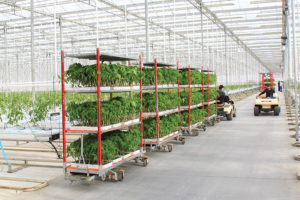 GPN: Does Cox Enterprises intend to keep the distinct brands and labeling for BrightFarms; lēF, which you also acquired in 2021 out of Loudon, New Hampshire; and Mucci?
GPN: Does Cox Enterprises intend to keep the distinct brands and labeling for BrightFarms; lēF, which you also acquired in 2021 out of Loudon, New Hampshire; and Mucci?
Bradley: Because of the very different places BrightFarms and Mucci are at, they are going to be run independently today to ensure they can focus on serving their customers’ needs, but we are obviously looking for opportunities for them to partner.
GPN: What are the synergies of owning BrightFarms and Mucci?
Bradley: The primary synergies with the companies today are logistics, supply chain and customer base.
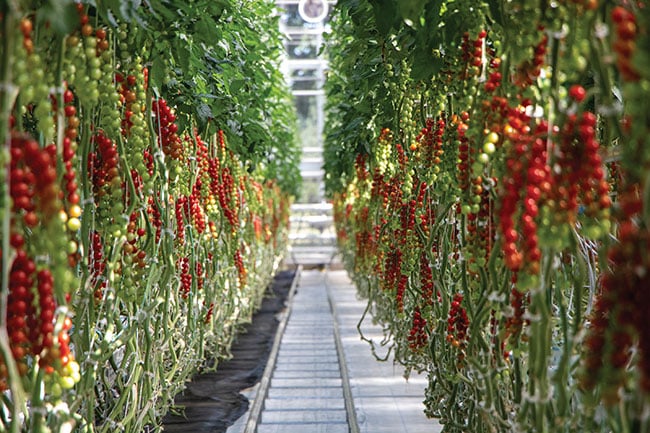 GPN: Are their growing systems the same or similar?
GPN: Are their growing systems the same or similar?
Bradley: The growing systems are very different for vine crops and leafy greens, but the CEA infrastructure is common (building envelope, mechanical, fertigation, etc.).
GPN: What kinds of technology do they use in their growing systems?
Bradley: Between the companies, they use several technologies. MGS works best for some products, ponds and media for others. Various lighting products are used to augment natural sunlight, currently HPS and LED. Automation is a question of economics. We will always look to implement technology if it makes sense.
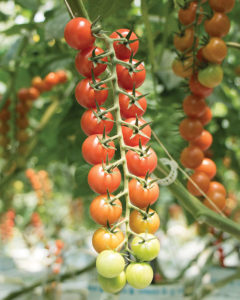 GPN: Mucci’s Ontario location is a popular one for greenhouse growers. In your opinion, what makes the area a good one for greenhouse growing?
GPN: Mucci’s Ontario location is a popular one for greenhouse growers. In your opinion, what makes the area a good one for greenhouse growing?
Bradley: It was (and still is) a big agricultural area prior to CEA, so that resulted in a community of grower expertise and support network for the farms.
GPN: With BrightFarms and lēF being in the NorthEast, does Mucci in Ontario open Cox up to markets in the U.S. Midwest?
Bradley: BrightFarms is already in the Midwest, but there could be some new customer conversations in those markets.
GPN: Why grow edibles? Why not cannabis or ornamentals, which may have higher profit margins?
Bradley: For Cox, more sustainable food systems are the current focus of our CEA vertical.
GPN: With so much changing in the world of CEA, where do you think we will be 10 years from now?
Bradley: I think you will see leafy greens follow the same path that vine crops did years ago, moving from outdoor to CEA, and we will know what role vertical farming will play by then. I also think there will be many other products moved into CEA because of all the advantages they offer in growing produce.
Stephen Kloosterman is the Managing Editor of Greenhouse Product News.


 Video Library
Video Library 




















